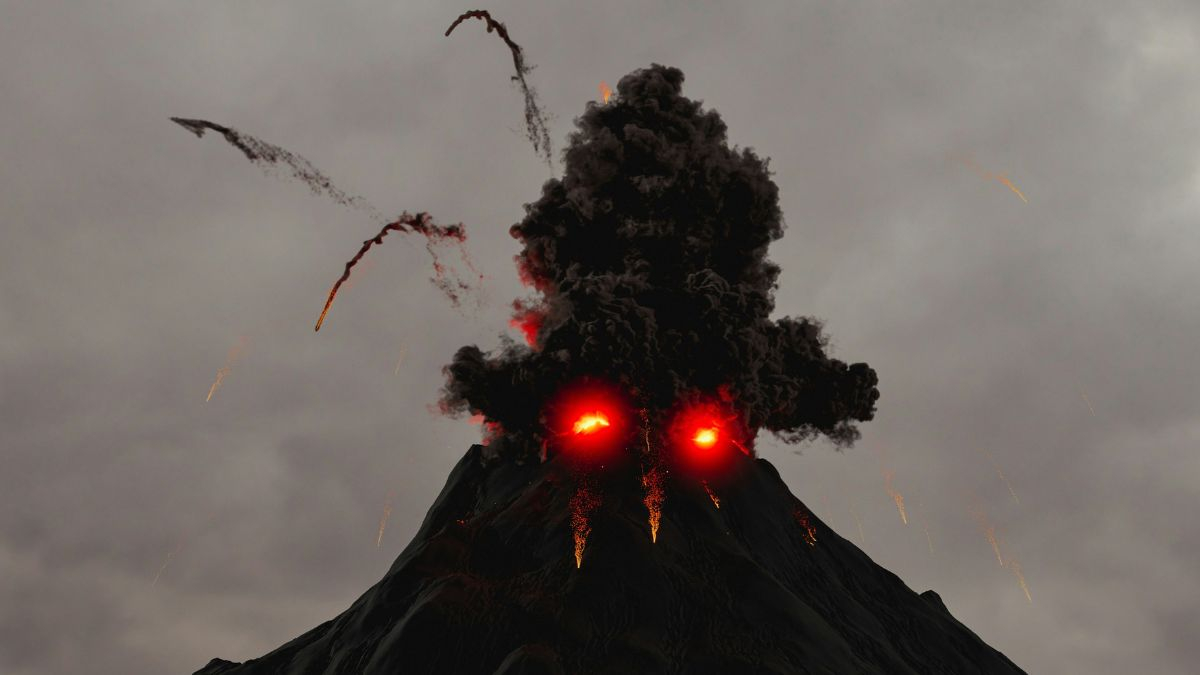There is a renewed interest in Russia’s nuclear doctrine which has recently undergone some significant changes approved by the Kremlin. These changes, described by President Vladimir Putin, specify in what situations and how Russia would use its nuclear arsenal. Such understanding is of great importance at this time when the world enters into a new moment of tension. Therefore, in this paper, I will explain what nuclear doctrine means in Russia, how it has transformed over the years, and finally what the new legislation implies to the international community.
What is Russia’s nuclear doctrine?
President Putin’s nuclear doctrine is a concept that outlines the limits and the timing of how Russia will use its nuclear weapons. It acts as a course of military maneuver and offers descriptions of situations that would warrant the use of the country’s nuclear weapons.
Historically, however, Russian doctrine permitted the use of nuclear weapons only in the event of a direct threat to national existence. This implies that a nuclear option was only considered in those extreme circumstances in which the very existence of the state was endangered – for instance in the event of a massive attack using weapons of mass destruction.
In this sense, the strategy of nuclear weapons serves as a deterrent to Russia’s enemies.
How has Russia’s nuclear doctrine changed recently?
In 2024, Vladimir Putin, the President of Russia, gave his approval for the modifications of the nuclear doctrine of the country. These modifications have minimized the level at which Russia might be forced to use nuclear weapons.
Here are a few changes:
- Narrowing the conditions for a nuclear strike in some scenarios: The revised tenets state that nuclear weapons may be used to attack a non nuclear state if the state is backed by another state armed with nuclear weapons. This is a major development as it expands the situations under which nuclear weapons may be used.
- Ensuring protection to allies such as Belarus: The new rules also protect Belarus. According to the new changes, an attack on Belarus can elicit a nuclear response by Russia.
- Dangerous threats to sovereignty and territorial limit: Before nuclear weapons were referred to as weapons of last resort due to its massive potential destruction. However, with the new changes, threats to Russia’s sovereignty and territorial integrity are new triggers that can prompt the country’s nuclear weapon response.

Read More:
What are the new rules approved by the kremlin?
The Kremlin’s updated doctrine reflects a more assertive stance, aiming to deter Western intervention in the ongoing conflict in Ukraine. Here are the main points of the new rules:
- Nuclear response to Western-supported attacks: Russia considers attacks on its territory by non-nuclear countries using Western-supplied weapons, such as long-range missiles, as grounds for a nuclear response. This includes incidents like Ukraine’s use of U.S.-supplied ATACMS missiles in the Bryansk region.
- Aggression defined in more encompassing terms: Any form of assault from a non-nuclear state, if supported by a nuclear state or allies will warrant a nuclear response from Russia.
- Integrating geopolitical strategy: The amendments make it clear that the nuclear doctrine of Russia is applied in a larger context against the threats posed by the United States and its allies, particularly NATO.
Why did Russia update its nuclear doctrine now?
The sequence of the developments in the changing policies of Russia is indicative of their current priorities and the environment they operate in. A few points can be noted which justify these changes:
- Western arms support to Ukraine: The United States has granted permission to Ukraine to employ newly acquired long-range precision weapon systems such as ATACMS against targets in Russia. Such a course of action causes enhanced fears in Moscow regarding the direct interference of NATO in the ongoing conflict.
- Geopolitical optics: The revised doctrine conveys to the West the dangers associated with the meddling in the internal Russian affairs. It strengthens Russia’s resolve to protect her interests, if need be, by resorting to nuclear weapons.
- Internal and external pressure: With the military and economic woes of Russia, the military doctrine is a tool of internal propaganda and external threat at the same time.
Read More:
What are the global implications of these changes?
Russia’s revised nuclear doctrine has sparked concerns worldwide. It lowers the bar for nuclear use, raising fears of escalation in an already volatile conflict.
- Increased tensions with NATO: By framing Western support for Ukraine as a potential trigger for nuclear action, the doctrine heightens the stakes for NATO countries.
- Global nuclear strategy: The changes challenge traditional norms around nuclear deterrence, prompting other nations to reassess their strategies.
- Diplomatic challenges: The doctrine complicates efforts to negotiate peace in Ukraine or reduce tensions between Russia and the West.
Read more:
Who are Evan Gershkovich and Paul Whelan and why were they imprisoned in Russia?

